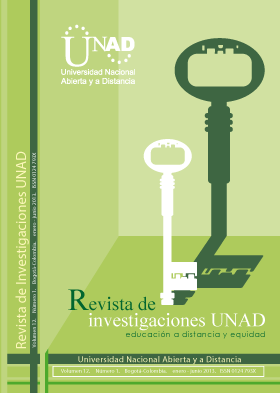Cuando la REVISTA DE INVESTIGACIONES UNAD recibe la postulación de un original por parte de su autor, ya sea a través de correo electrónico o postal, considera que puede publicarse en formatos físicos y/o electrónicos y facilitar su inclusión en bases de datos, hemerotecas y demás sistemas y procesos de indexación. REVISTA DE INVESTIGACIONES UNAD autoriza la reproducción y citación del material de la revista, siempre y cuando se indique de manera explícita el nombre de la revista, los autores, el título del artículo, volumen, número y páginas. Las ideas y conceptos expresados en los artículos son responsabilidad de los autores y en ningún caso reflejan las políticas institucionales de la UNAD
New interdisciplinary understandings of emotions in the light of the XXI Century.
Philosophers, psychologists, neuroscientists and biologists have recently been dealing with the study of emotions, unraveling. Although, they are firmly established on different edges, all without exception severely criticize the position of those who, based in a traditional conception, still see emotions as blind forces that disturb the reason. These authors, however, inquire from their own research linking cognitive with emotional component.
Darwin, Pinker and even Buddhists have raised a particular set of basic emotions that underlie all cultures of humanity.
No doubt that the proper handling of emotions cannot be away from some inner dispositions that a person should cultivate, since them set the guidelines to make decisions or options. The art, in particular, induces emotions in the individuals. They are a source of catharsis; others have a social or cognitive component.




